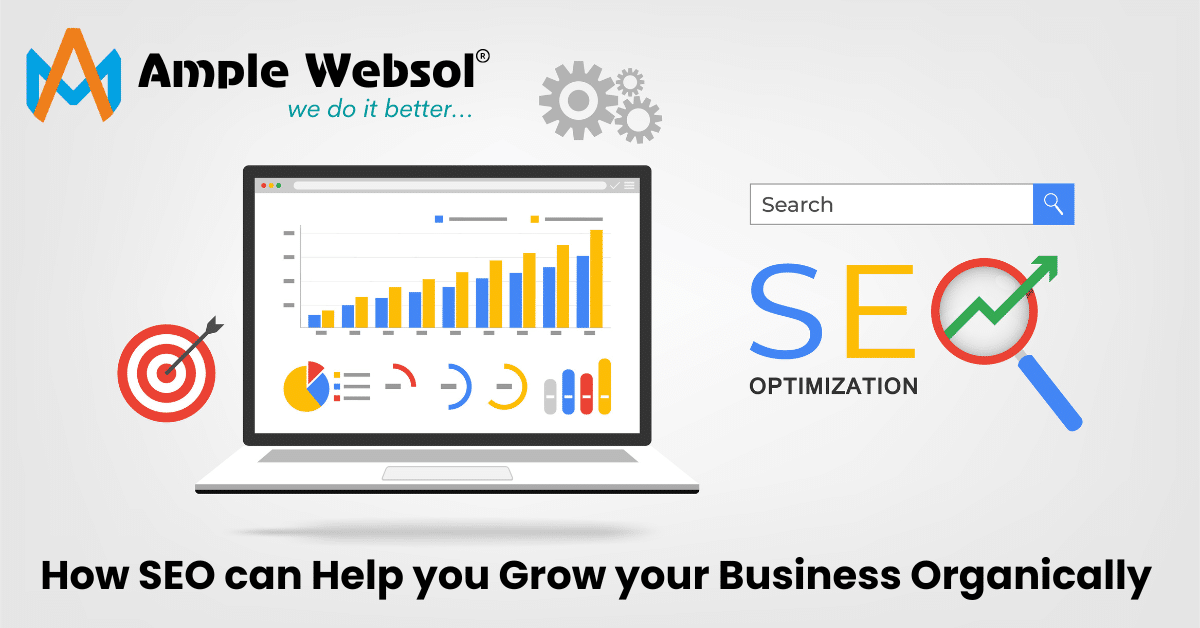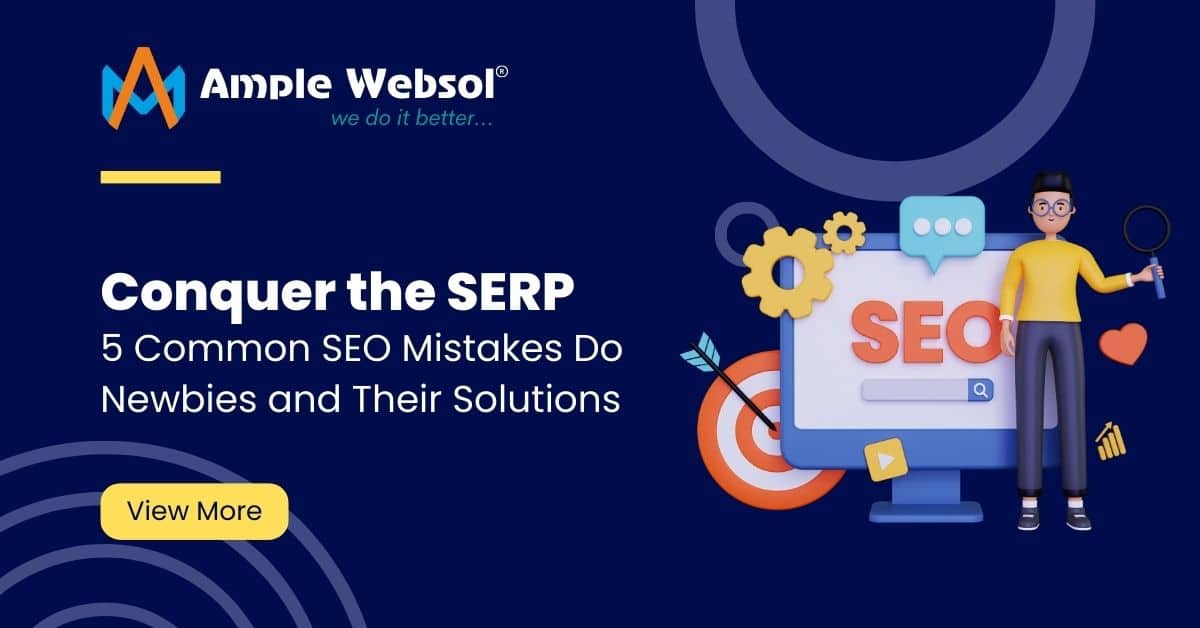In the digital age, the success of any business heavily relies on its online visibility.…

The Top On-Page SEO Best Practices to Improve Your Website’s Rankings
On-page SEO refers to the optimization of individual web pages in order to rank higher and earn more relevant traffic from search engines. One of the most important on-page SEO best practices is creating high-quality content that is both relevant and engaging to your target audience. This includes using relevant keywords in your titles, meta descriptions, and throughout your content. At Ample Websol, the best SEO company in Vadodara, our team of experts can help you create content that is optimized for both search engines and user experience. We can also help you properly format your content with headings, subheadings, and bullet points, making it easier for both search engines and users to understand the content on your page.
In this blog, we will discuss the top on-page SEO best practices to improve your website’s rankings.
- Conduct keyword research: Use keyword research tools to identify the keywords that your target audience is searching for. Use these keywords in your website’s content, headings, and meta tags to optimize your website for search engines.
- Optimize your page titles and meta descriptions: Use descriptive and compelling titles and meta descriptions that accurately reflect the content of your web page. Include your target keywords in these elements as well.
- Use header tags: Use header tags (H1, H2, H3) to structure your content and make it easy for search engines to understand the hierarchy of your web page’s content.
- Optimize your images: Optimize your images by compressing them and using descriptive file names and alt tags. This helps search engines understand the content of your images and can improve your rankings in image search results.
- Write high-quality content: Write high-quality and engaging content that is relevant to your target audience. Use your target keywords naturally throughout your content, but avoid keyword stuffing.
- Improve your website’s page speed: Ensure that your website loads quickly by optimizing images, using a fast web host, and minimizing the use of heavy plugins.
- Use internal linking: Use internal linking to link to other relevant pages on your website. This helps search engines understand the structure of your website and can improve the user experience.
- Make your website mobile-friendly: Ensure that your website is optimized for mobile devices by using a responsive design. This improves the user experience and can improve your rankings in mobile search results.
Conclusion:
By following these on-page SEO best practices, you can improve your website’s rankings and drive more relevant traffic from search engines.
Explore our Services!
Website Development Company in Vadodara, Digital Marketing Company in Vadodara, SEO Company in Vadodara, Google Ads Expert in Vadodara, Hire the Best Facebook Ads Specialist in Vadodara, E-Commerce Development Company in Vadodara, UI/UX Design & Development Service in Vadodara, Web Application Development Services in Vadodara, Mobile Application Development Services, Social Media Marketing Agency in Vadodara, Best Email Marketing Services in Vadodara


